 PISCO,Peru-Earthquake survivors desperate for food and water ransacked a public market, while other mobs looted a refrigerated trailer and blocked aid trucks on the Pan-American highway, prompting Peru's president to appeal for calm Friday.Aid reached the disaster zone on Friday morning,bringing relief to a city that had largely fended for itself for 36 hours, but hopes of finding more survivors diminished.At least 510 people were killed in the quake and 1,500 were injured, overwhelming the few hospitals in Peru's southern desert region, and severe damage to the only highway slowed trucks from Peru.But food, water, tents and blankets were finally arriving, and with Peruvian soldiers distributing silver caskets, the first mass funerals were being held."Nobody is going to die of hunger or thirst,"President Alan Garcia said following complaints that aid was not arriving fast enough for thousands who lost loved ones, homes and belongings in Wednesday's magnitude-8 temblor and the many aftershocks that have followed."I understand your desperation, your anxiety and some are taking advantage of the circumstances to take the property of others, take things from stores, thinking they're not going to receive help,"Garcia said."There is no reason to fall into exaggerated desperation knowing that the state is present."Electricity, water and phone service were down in much of southern Peru.Garcia predicted that "a situation approaching normality" in 10 days, but acknowledged that rebuilding would take far longer.That was obvious to everyone in the gritty port city of Pisco,where officials said 85 percent of the downtown was destroyed.Pisco's center was a collection of rubble piles abbreviated by half-collapsed hulks.
PISCO,Peru-Earthquake survivors desperate for food and water ransacked a public market, while other mobs looted a refrigerated trailer and blocked aid trucks on the Pan-American highway, prompting Peru's president to appeal for calm Friday.Aid reached the disaster zone on Friday morning,bringing relief to a city that had largely fended for itself for 36 hours, but hopes of finding more survivors diminished.At least 510 people were killed in the quake and 1,500 were injured, overwhelming the few hospitals in Peru's southern desert region, and severe damage to the only highway slowed trucks from Peru.But food, water, tents and blankets were finally arriving, and with Peruvian soldiers distributing silver caskets, the first mass funerals were being held."Nobody is going to die of hunger or thirst,"President Alan Garcia said following complaints that aid was not arriving fast enough for thousands who lost loved ones, homes and belongings in Wednesday's magnitude-8 temblor and the many aftershocks that have followed."I understand your desperation, your anxiety and some are taking advantage of the circumstances to take the property of others, take things from stores, thinking they're not going to receive help,"Garcia said."There is no reason to fall into exaggerated desperation knowing that the state is present."Electricity, water and phone service were down in much of southern Peru.Garcia predicted that "a situation approaching normality" in 10 days, but acknowledged that rebuilding would take far longer.That was obvious to everyone in the gritty port city of Pisco,where officials said 85 percent of the downtown was destroyed.Pisco's center was a collection of rubble piles abbreviated by half-collapsed hulks.Even the structures still standing aren't livable.In streets littered with downed power and telephone lines, people in blankets huddled around fires.Two tremors shook the city after dawn, among the 18 aftershocks of magnitude-5 or greater recorded since the main,magnitude-8 quake.Peru's fire department said the death toll had risen to 510.Destruction was centered in Peru's southern desert,in the oasis city of Ica,in nearby Pisco, about 200 kilometers southeast of the capital of Lima.Also damaged was the town of Chincha,where a prison wall fell down,and at least 571 prisoners escaped.Only 29 were recaptured,a top prisons official said.Searchers were still seeking bodies and survivors at the San Clemente church on Pisco's main square, where hundreds had gathered on the day Roman Catholics celebrate the Virgin Mary's rise into heaven for a memorial Mass for a man who died a month earlier.Minutes before the service was to end, the church's domed ceiling began to break apart.The shaking lasted for an agonizing two minutes, burying 200 people, according to the town's mayor.About 50 bodies had been removed from the church by dawn Friday, said Jorge Molina, the search and rescue team leader, who still held out hope of finding more people alive.Three bodies still lay unclaimed in body bags on the plaza, where rescue workers from Lima had pitched tents and relatives held vigil.Nearby, survivors lined up under a beating sun to receive bottled water unloaded from trucks by soldiers.The relief effort showed signs of organization by mid-morning, with the military clearing rubble, police identifying corpses and civil defense teams ferrying food.Housing ministry officials started to assess who will need new homes.Brig. Maj. Jorge Vera, chief of the rescue operation, said 85 percent of downtown Pisco had been destroyed.The center of the city was choked with traffic, including relief vehicles.In the cemetery, a man painted the names of the dead in black on headstones.Some 200 headstones were lined up, along with more than 30 coffins. Some burial vaults had collapsed in the quake,and crosses tumbled over.Felipe Gutierrez, 82, sat in his pajamas-his only clothing-in front of what was his Pisco home.The quake reduced it to rubble and he, his 74-year-old wife, their two children and three grandchildren sat staring at the ruins, a tangle of adobe, straw and all of their belongings."Yesterday we slept on a mattress, and now we'll have to set up a tent, because we have no where to live,"he said.International help includes cash from the US,UN,Red Cross and EU as well as tents,water, medicine and other supplies.The U.S. government released $150,000 in emergency funds for emergency supplies and was sending in medical teams-one already in Peru for a training mission.It also sent two mobile clinics and loaned two helicopters to Peruvian authorities.But the U.S. Navy hospital ship Comfort, now docked in Ecuador, will not make the three-day trip to Pisco because both governments decided it was not needed. The Comfort carries 800 medical personnel, but Peru needs supplies more than doctors, U.S. Embassy spokesman Dan Martinez said.Magnitude 8 quakes are capable of causing tremendous damage. Scientists said this one was a "megathrust" similar to the catastrophic Indian Ocean temblor in 2004 that generated deadly tsunami waves. "Megathrusts produce the largest earthquakes on the planet," USGS geophysicist Paul Earle said.The temblor occurred in one of the most seismically active regions in the world, where the Nazca and South American tectonic plates meet.The plates are moving together at a rate of 3 inches a year,Earle said.
http://news.yahoo.com/s/ap/20070817/ap_on_re_la_am_ca/peru_quake
Peru mourns earthquake dead
Search for survivors in Peru
Como en los dias de Noe...











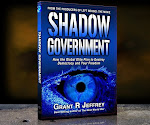


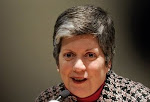
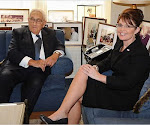


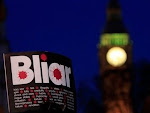
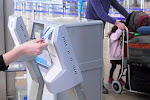

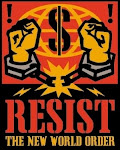










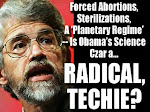
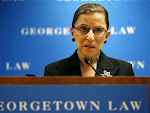


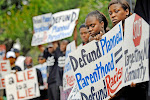
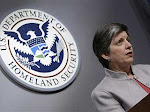
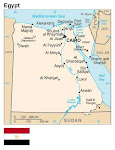


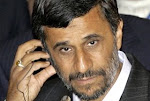
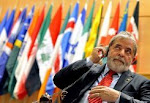

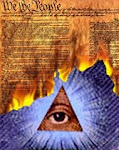


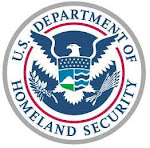




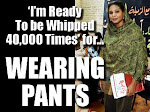

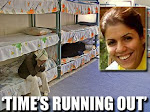






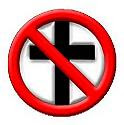

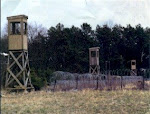




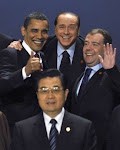
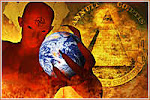



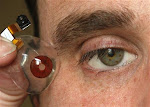







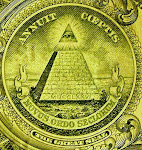




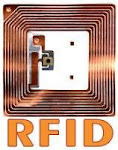.bmp)


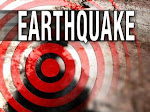
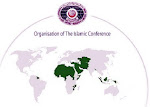




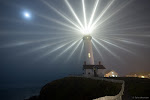


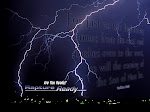
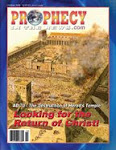





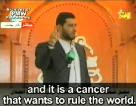
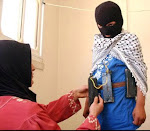

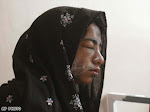



.bmp)